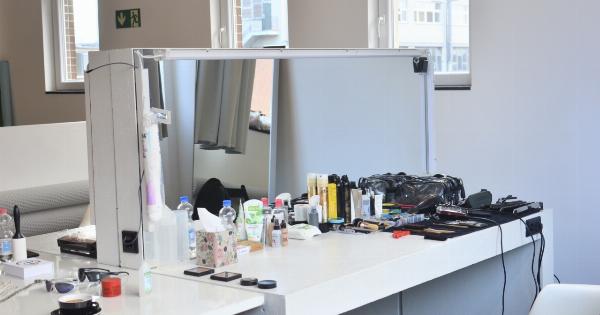Our hair plays a significant role in shaping our appearance and often reflects our personality.
While it may seem like a simple aesthetic feature, have you ever wondered what determines the direction in which our hair grows? The answer lies in a complex interplay of various factors that influence hair growth patterns. This article delves into the fascinating world of hair biology to uncover the secrets behind the direction of hair growth.
Hair Structure: Understanding the Basics
Before we explore the factors influencing hair growth direction, let’s familiarize ourselves with the basic structure of hair. Hair grows from tiny structures within the skin called hair follicles. Each hair follicle consists of a root and a shaft.
The root sits beneath the skin’s surface, while the shaft is the visible part of the hair. The shape of the hair follicle determines the direction in which the hair grows.
Heredity: The Genetic Influence
One of the primary determinants of hair growth direction is heredity. Our genetic makeup influences various aspects of our hair, including its direction of growth.
If your parents have a particular hair growth pattern, it is highly likely that you will inherit the same pattern. Genetic factors can determine whether your hair grows straight, wavy, curly, or in any other specific direction.
Embryonic Development: Laying the Foundation
The development of hair follicles and the direction of hair growth are established during embryonic development. The position and orientation of hair follicles are determined by a complex process that begins in the early stages of fetal development.
These patterns are formed even before birth and remain relatively unchanged throughout our lives.
Wave Patterns and Hair Growth
Hair growth can exhibit various wave patterns, which further influence the direction of hair growth. The shape of the hair follicle determines whether the hair will grow straight or have a natural wave.
Follicles with a circular shape result in straight hair, while oval or elliptical-shaped follicles cause hair to grow with a natural wave. These variations in hair follicle shape contribute to curly or wavy hair textures.
Scalp Anatomy and Hair Whorls
Another fascinating factor that influences hair growth direction is the anatomy of the scalp and the presence of hair whorls. Hair whorls, also known as cowlicks, are regions on the scalp where the hair grows in a spiral pattern.
These whorls can cause the hair to grow in a specific direction, creating unique patterns on the scalp. The positioning and number of hair whorls can vary between individuals, resulting in different hair growth directions.
Influence of External Factors
While genetics and embryonic development play a significant role in determining hair growth direction, certain external factors can also influence hair patterns. Hair tends to grow in the direction it is regularly brushed or styled.
Constantly parting your hair in a particular direction or frequently using hair accessories can affect the alignment of the hair fibers and guide their growth in that direction over time.
Impact of Hormonal Imbalances
Hormonal imbalances can also impact the direction of hair growth. Hormones like testosterone and estrogen play a crucial role in hair growth, and any disruptions in their balance can affect hair patterns.
Conditions such as polycystic ovary syndrome (PCOS) or hormonal changes during pregnancy can lead to alterations in hair growth direction.
Influence of Age on Hair Growth Direction
As we age, our hair undergoes various changes, including alterations in growth direction. It is common for people to experience changes in their hair texture and direction as they get older.
These changes are often attributed to hormonal fluctuations, decreased melanin production, and changes in hair follicle size and shape.
Effect of Trauma or Injury
In some cases, trauma or injury to the scalp can disrupt the hair follicles and alter the direction of hair growth. Burns, scars, or surgeries that involve incisions on the scalp can cause hair follicles to heal in a different orientation.
This can lead to changes in hair growth patterns in the affected areas.
Conclusion
The direction in which our hair grows is determined by a combination of factors, including genetics, embryonic development, wave patterns, scalp anatomy, external influences, hormonal imbalances, age, and traumatic events.
Understanding these factors helps us appreciate the complexity of hair growth patterns and why each individual has their unique hair texture and style. While we may not have complete control over which way our hair grows, embracing and styling it in ways that make us feel comfortable can help us celebrate the beauty of our unique hair growth patterns.




























